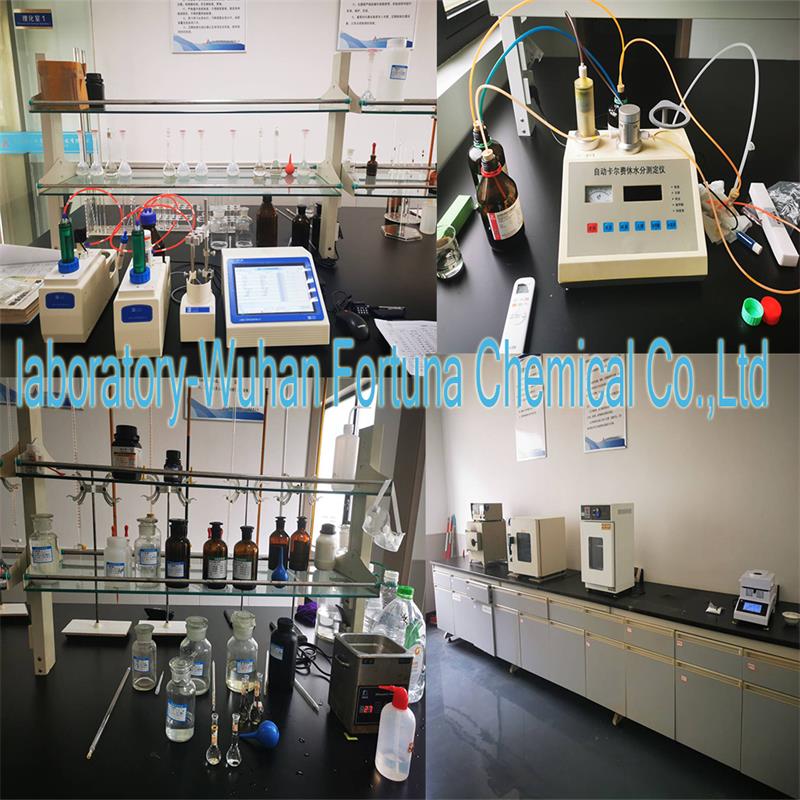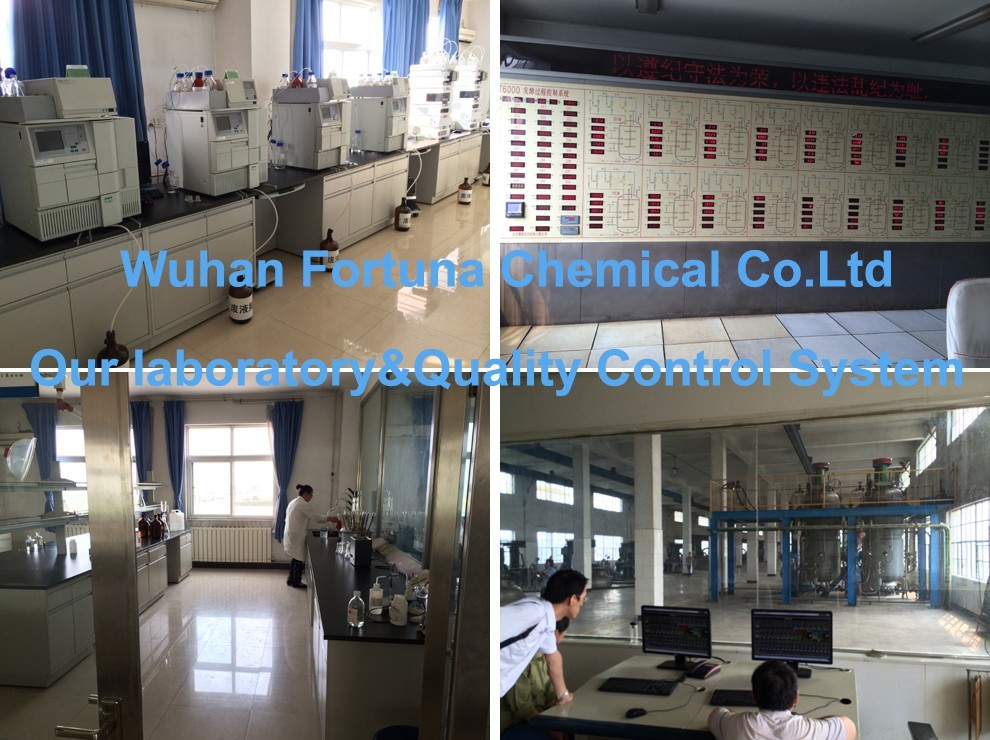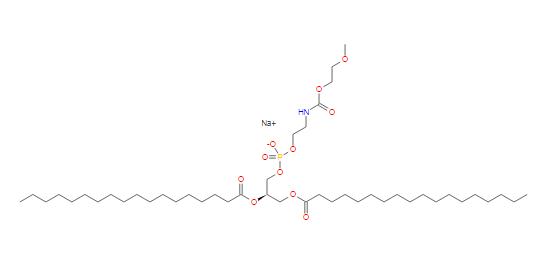
Search

Search











Basic Green 1 (also known as Crystal Violet, Gentian Violet, or Victoria Blue in some cases) is a synthetic triphenylmethane dye, characterized by its violet color. It has the molecular formula C25H30ClN3, and it belongs to the group of basic dyes, which are typically used to stain materials that are negatively charged (such as cell structures in biological samples).
Here are some key details about Basic Green 1:
Basic Green 1 is a cationic dye (positively charged) due to the presence of nitrogen atoms in its structure. This positive charge allows it to bind to negatively charged biological materials like nucleic acids, proteins, and cell membranes.
Color: Violet or purple (it appears greenish in some contexts depending on concentration and light).
Solubility: Soluble in water and alcohols.
Appearance: A dark purple powder or a violet liquid when dissolved.
Items | Specifications | Results |
Appearance | Dark green crystal powder | Conform |
mass absorption coefficient | Qualified | |
Sensitivity to iodine | Qualified | |
Residue on Ignition | ≤1.0 | 0.9 |
Ethanol dissolution test | Qualified | Qualified |
Conclusion | The product conforms to the above specifications. | |
Basic Green 1 (also known as Crystal Violet or Gentian Violet) is a synthetic dye with various applications, primarily in biology and medical fields. Some of its main uses include:
Microbiology: Basic Green 1 is used in Gram staining, a technique for classifying bacterial species. It helps in differentiating Gram-positive and Gram-negative bacteria by staining them different colors.
Antiseptic: It has antimicrobial properties and is used as an antiseptic in the treatment of minor wounds, burns, and fungal infections, particularly in the form of Gentian Violet solutions.
Histology: In histological applications, Basic Green 1 is used to stain biological tissue samples, allowing for better visualization of cell structures under a microscope.
Staining and Dyeing: It is used as a general-purpose dye in textile and leather industries, although its use in these fields has diminished due to newer alternatives.
Biological Research: It is also used in certain types of biochemical experiments to stain cellular components like the cytoplasm and nuclei, helping researchers observe cells more clearly.
Antifungal Treatment: It is sometimes used to treat fungal infections in humans and animals, especially in veterinary medicine.
Despite its usefulness, it is now used less frequently in some of these areas due to concerns about toxicity and the availability of safer alternatives.




Fortunachem Provides Not Only Professional Chemical Products But Also Professional Help
Keeping you up-to-date with all the latest information, news, and events about Fortunachem!

Quick Links
Add:
E-mail:
 English
English  Español
Español  français
français  العربية
العربية 






